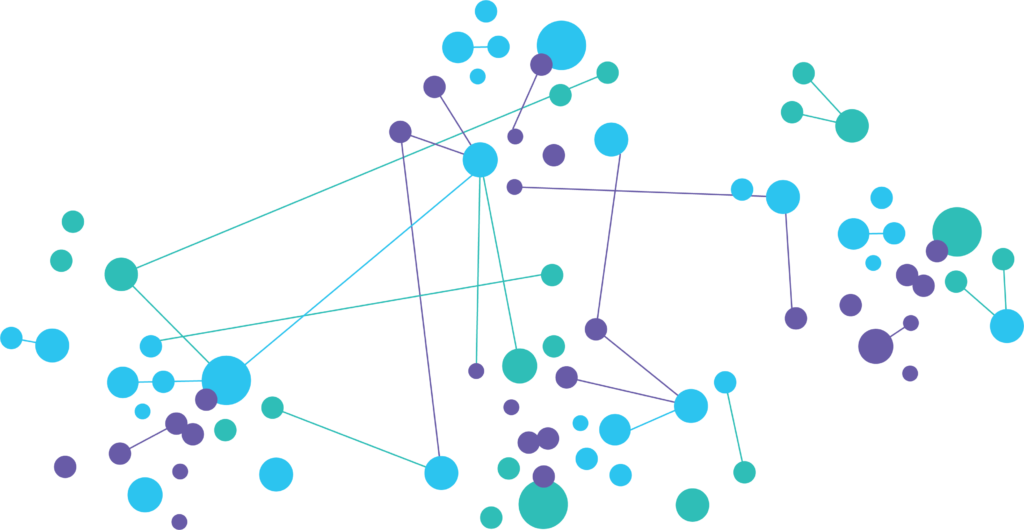Alexander Mordvintsev, a name synonymous with the avant-garde of machine learning art, has carved a unique niche in the intersection of technology and creative expression. As a pioneer in this evolving field, Mordvintsev has harnessed the power of artificial intelligence to transcend traditional artistic boundaries, propelling the digital arts into uncharted territories. In the same manner as coursework writing service DoMyEssay helps students to do my coursework for me as well. His innovative approach to combining computational algorithms with artistic vision has opened new avenues for creativity, challenging our perceptions of art and its creation in the modern age. Mordvintsev’s work not only captivates the imagination but also serves as a beacon for future explorations at the nexus of art and machine intelligence.

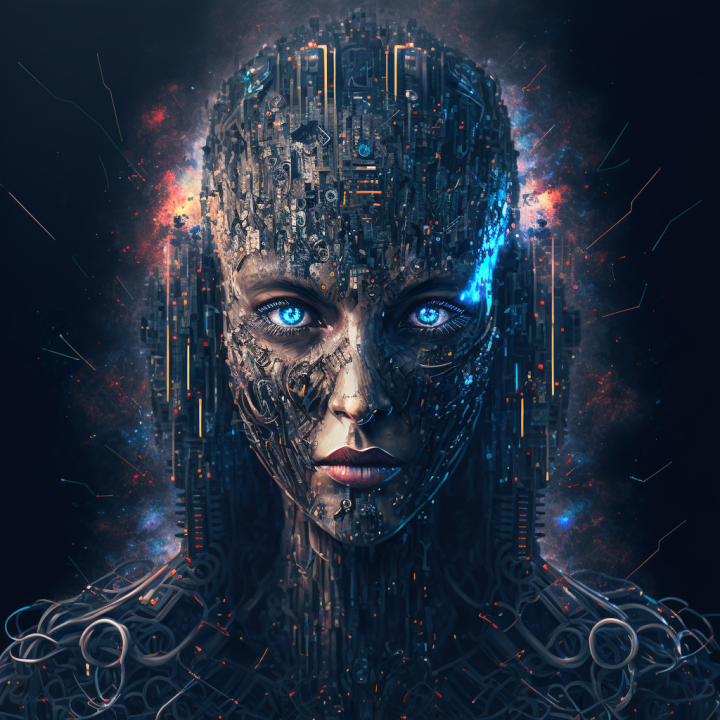
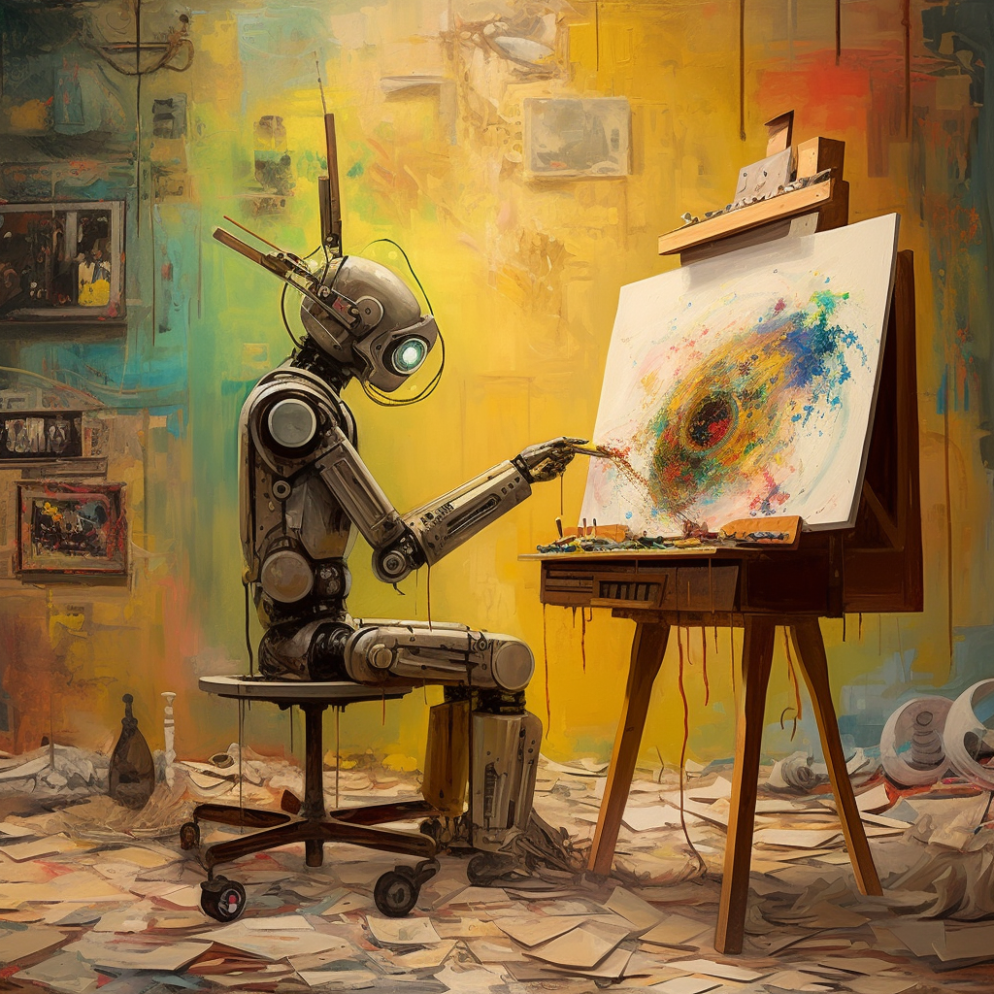
The Role of AI Gallery in Showcasing Mordvintsev’s Work
The AI Gallery plays a crucial role in showcasing the groundbreaking work of Alexander Mordvintsev, providing a platform that bridges the gap between technological innovation and the art world. Through this unique space, audiences are invited to experience the transformative power of machine learning design as applied to art. The gallery highlights Mordvintsev’s contributions and allows viewers to immerse themselves in the captivating visuals generated through sophisticated algorithms. For those needing academic assistance, you can hire annotated bibliography writing services to ensure your research is well-supported and properly cited while you explore such intriguing topics. This exposure not only elevates Mordvintsev’s work but also underscores the significance of AI in reshaping contemporary art, offering a glimpse into the future of artistic expression empowered by technology.
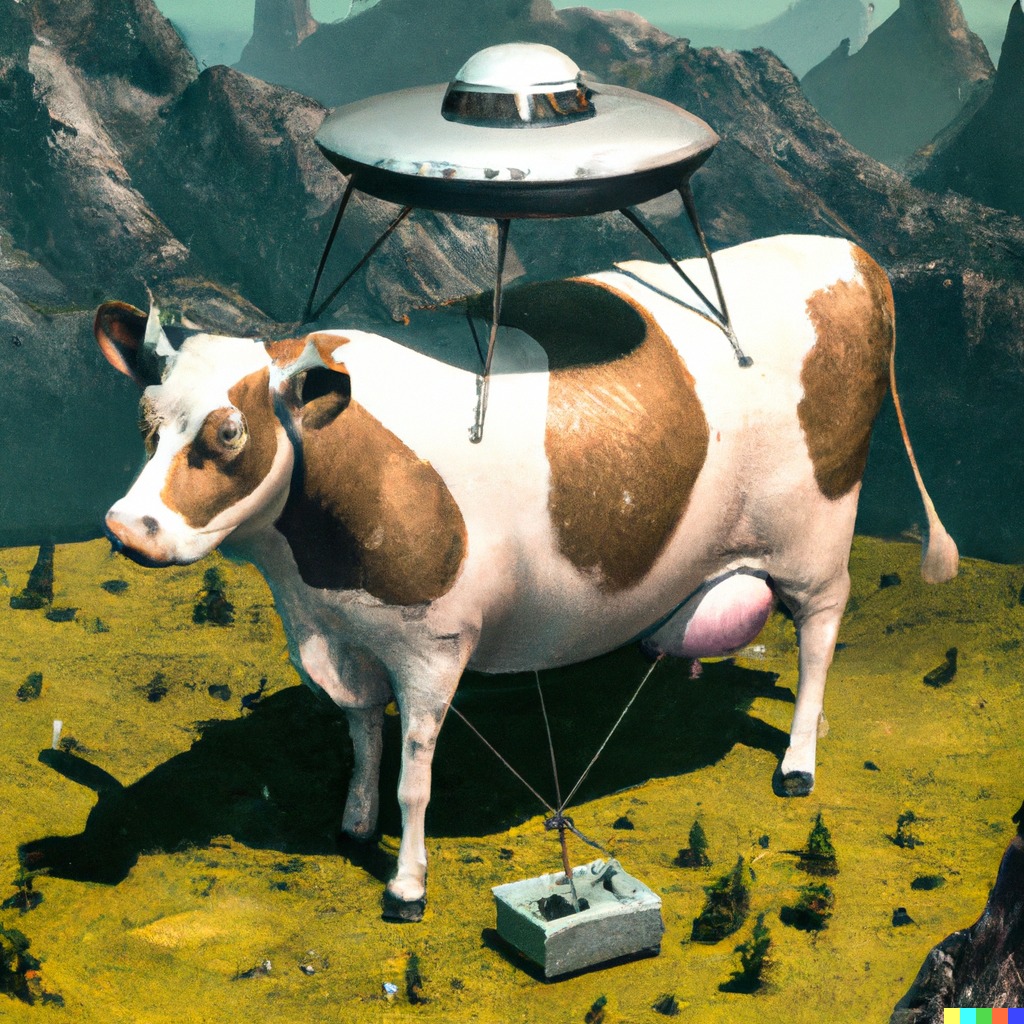
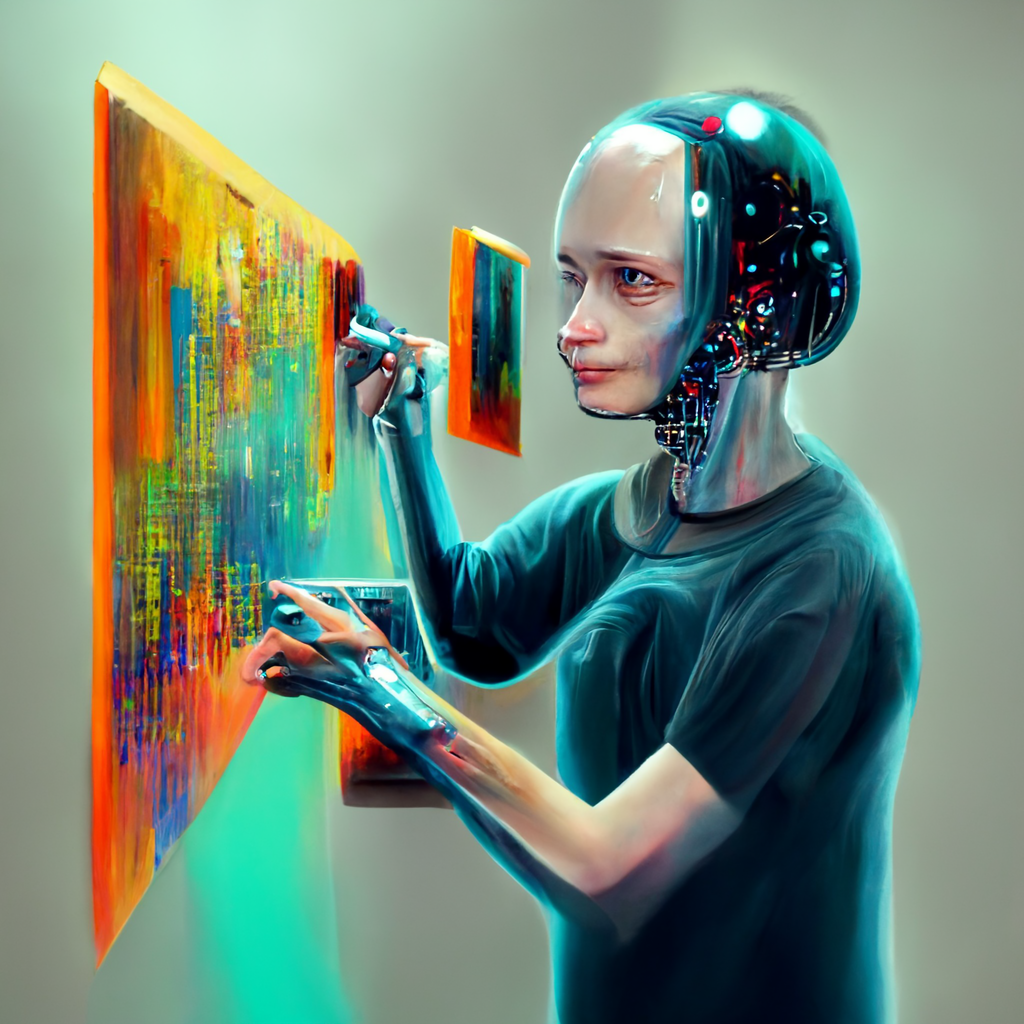
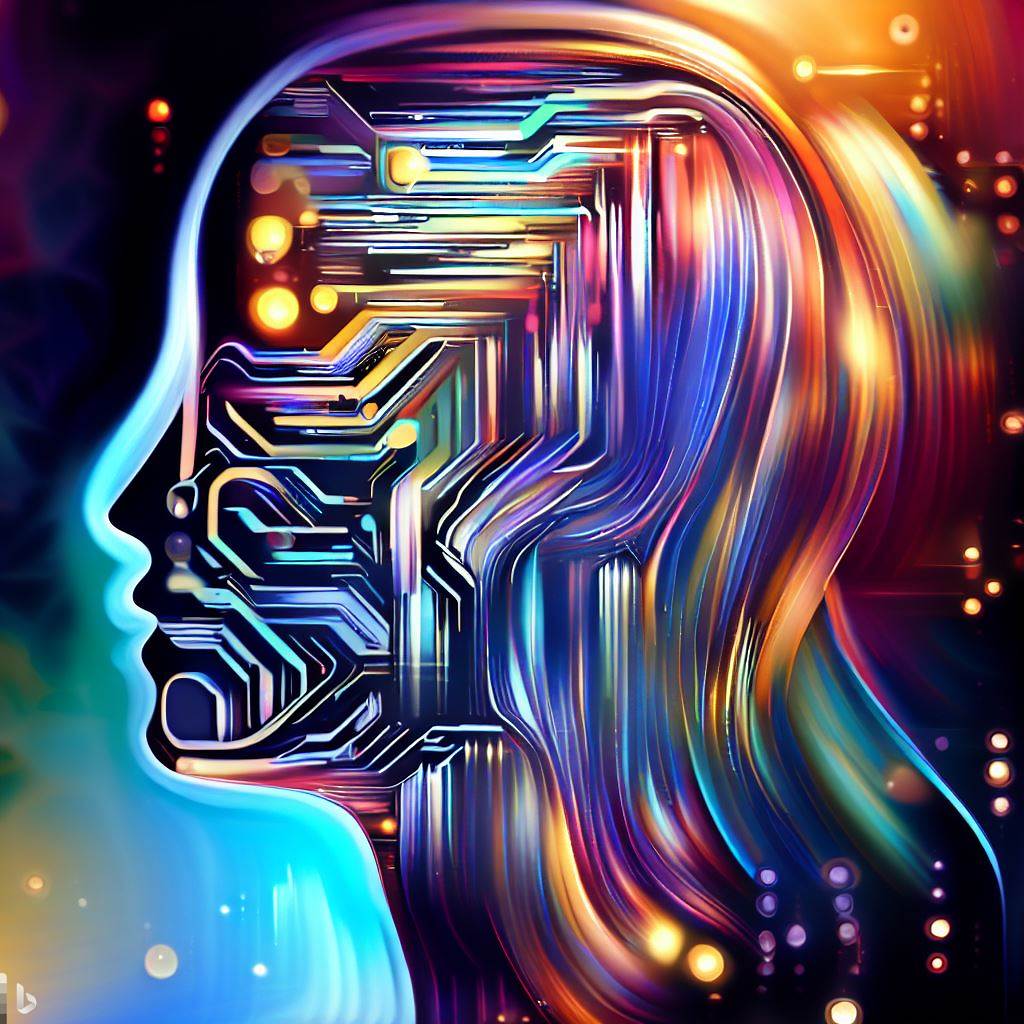
The Intersection of Machine Learning Design and Artistic Innovation
The intersection of machine learning design and artistic innovation, as exemplified by Alexander Mordvintsev, represents a groundbreaking fusion that challenges traditional art paradigms. By integrating the principles of creativity and design with advanced computational techniques, Mordvintsev has pioneered a new form of art that resonates with both the technical and aesthetic sensibilities of our time. This synergy between machine learning and art not only expands the creative toolkit available to artists but also inspires a reevaluation of the role of the artist in the age of AI. Mordvintsev’s work serves as a testament to the potential of machine learning for designers, offering a new perspective on how technology can enhance and redefine the creative process.
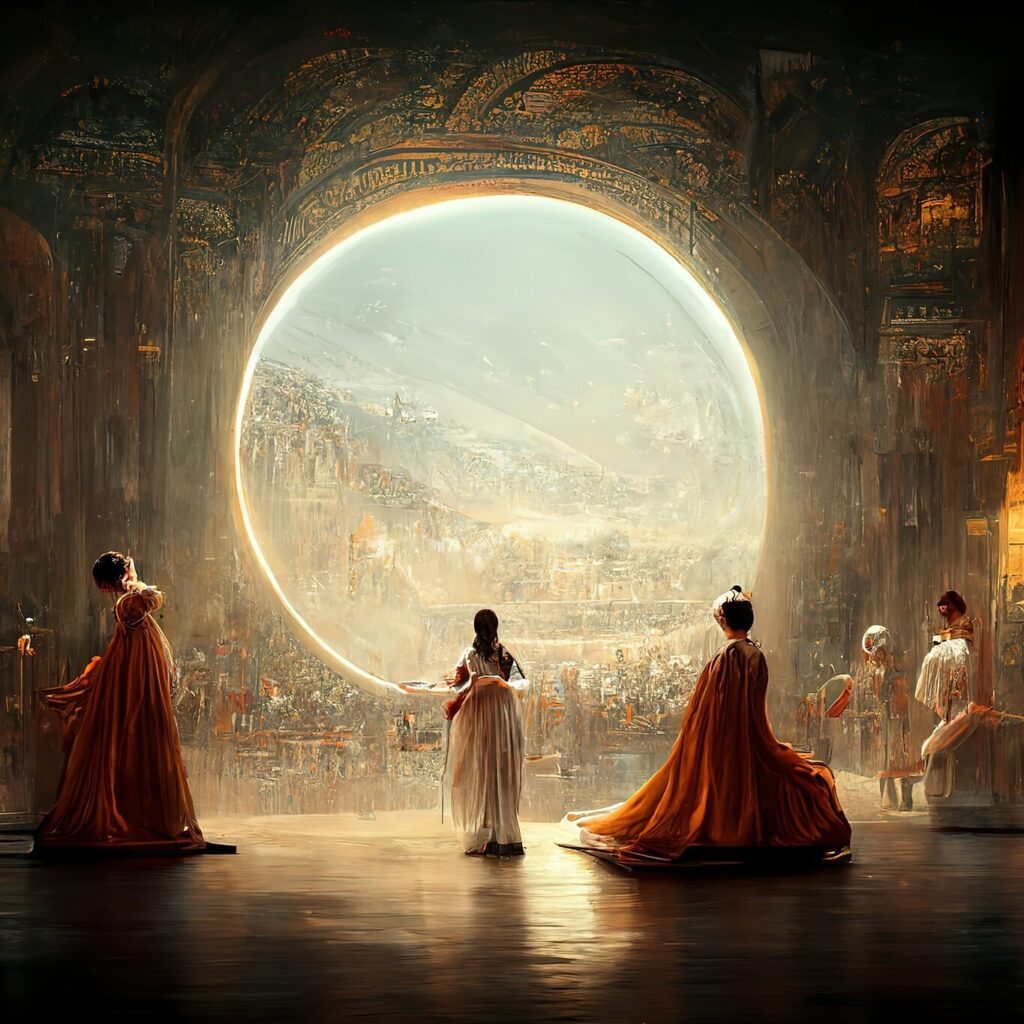
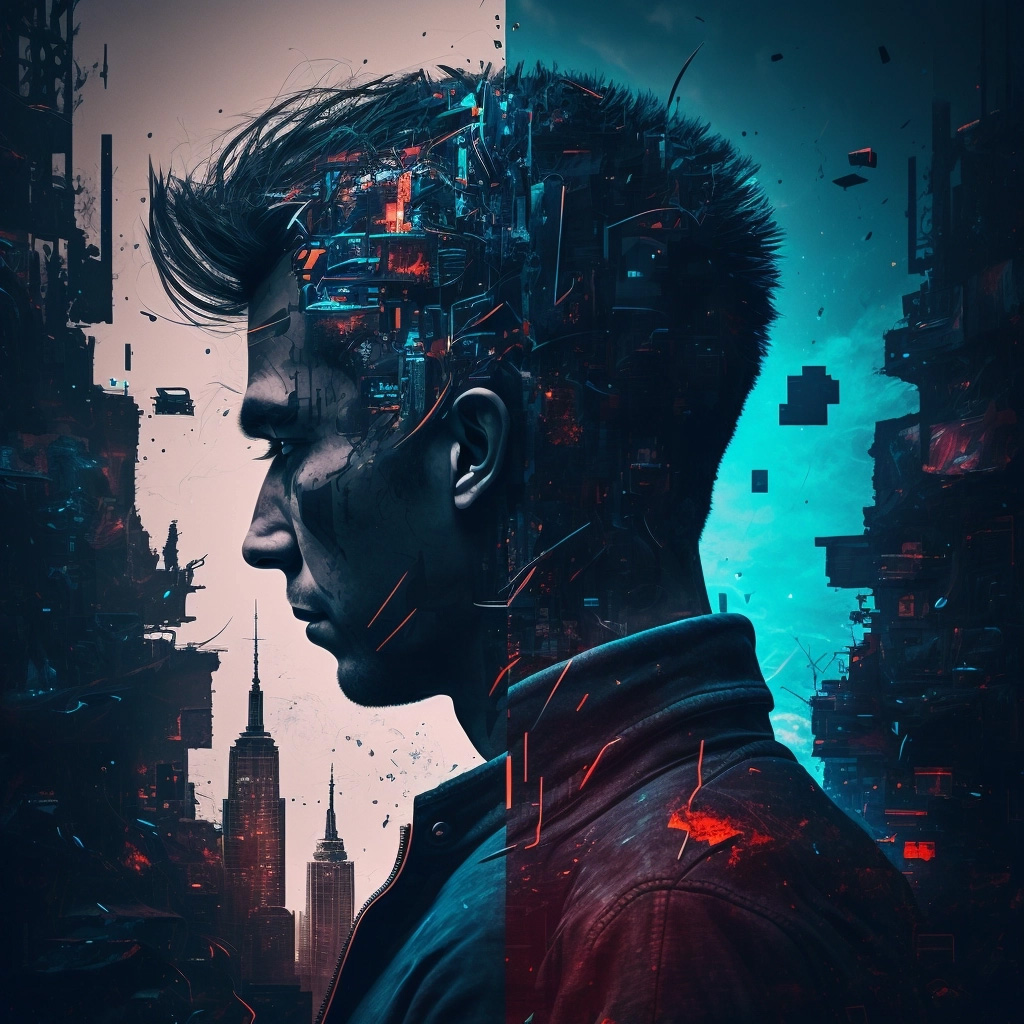
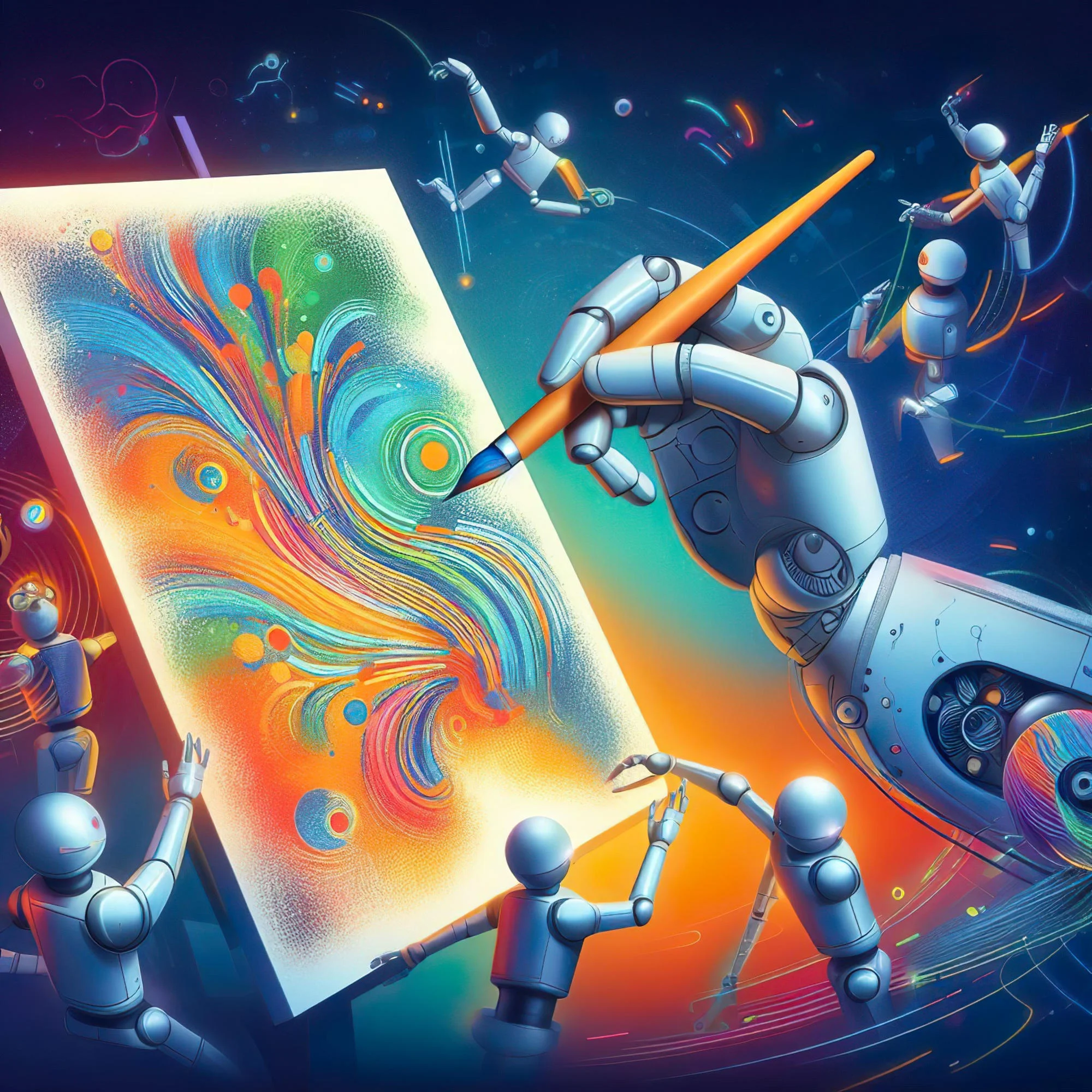
Exploring NIPS Computer Science Contributions to Art
The contributions of NIPS computer science to the realm of art, particularly through the works of Alexander Mordvintsev, underscore the transformative impact of artificial intelligence on creative expression. The Neural Information Processing Systems (NIPS) conference, a pivotal event in the AI research community, has become a source of inspiration and innovation for artists and technologists alike. Mordvintsev’s engagement with the NIPS community and his application of cutting-edge machine learning techniques to art creation highlight the potential of these technologies to revolutionize the way we conceive and interact with art. His work exemplifies how NIPS computer science can serve as a catalyst for artistic innovation, blurring the lines between the analytical and the aesthetic.
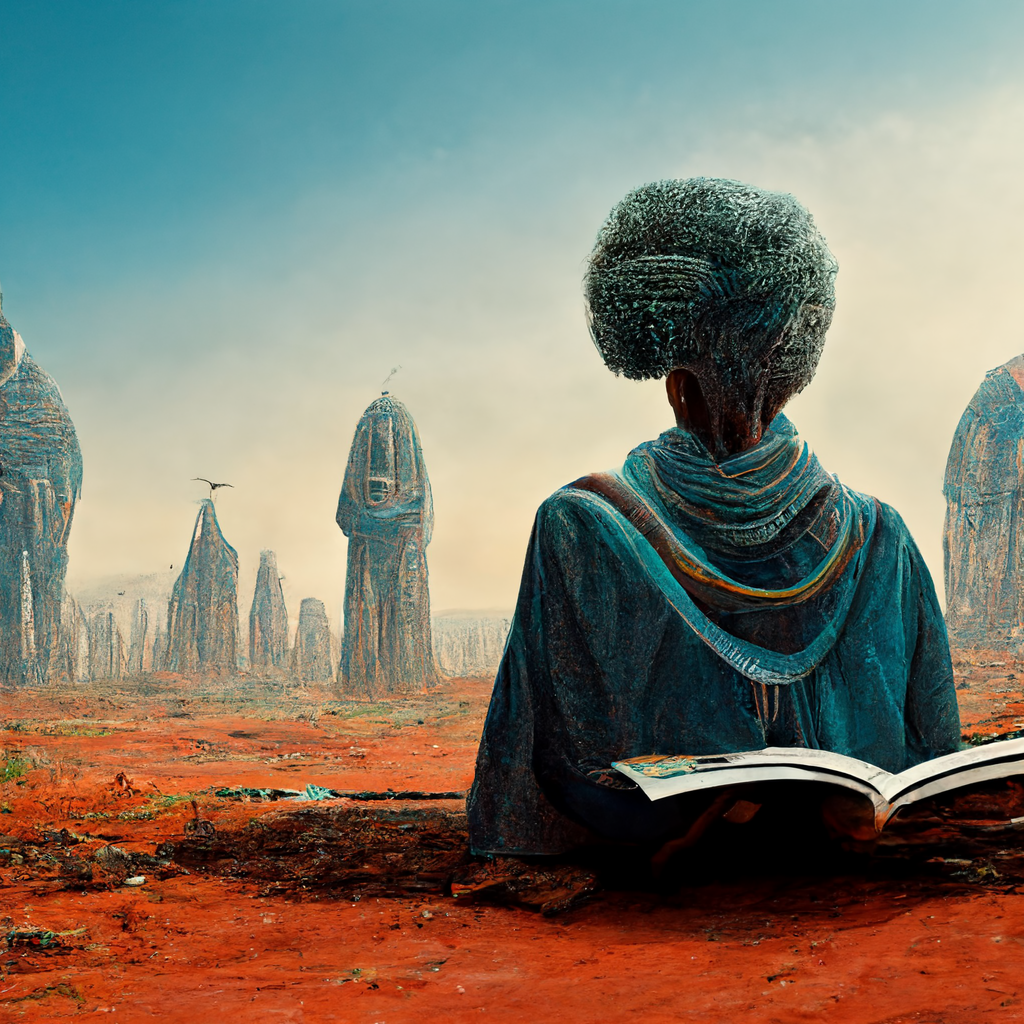
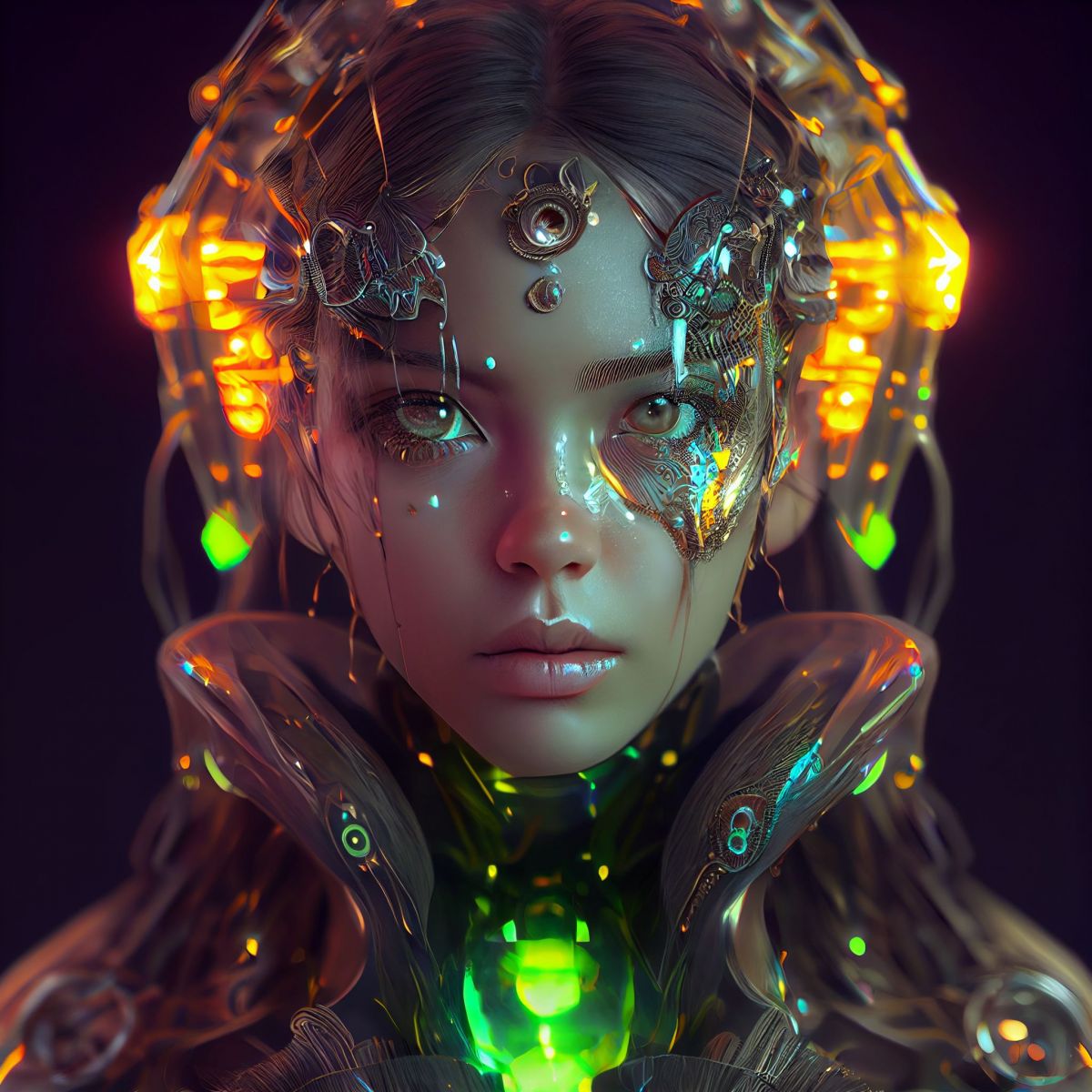
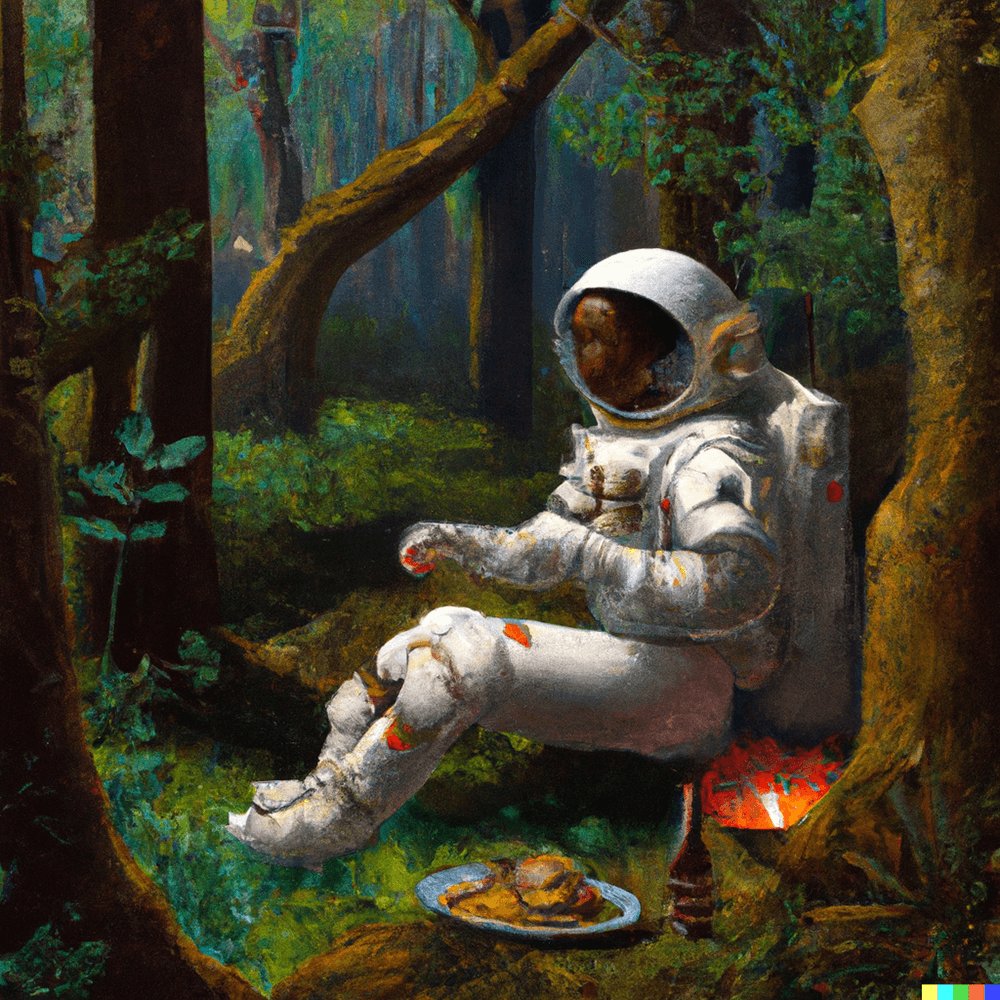
Deep Dive into NIPS Machine Learning Techniques in Art Creation
A deep dive into NIPS machine learning techniques reveals the intricate processes behind Alexander Mordvintsev’s art creation. By leveraging algorithms and computational models developed within the NIPS framework, Mordvintsev transforms abstract data into visually stunning compositions. These techniques, rooted in deep learning drawing and generative models, allow for the exploration of complex patterns and textures that would be impossible to achieve through traditional means. Mordvintsev’s adept use of NIPS machine learning not only showcases the technical prowess involved in his art but also highlights the creative potential lying dormant within these algorithms, waiting to be unleashed by visionary artists.
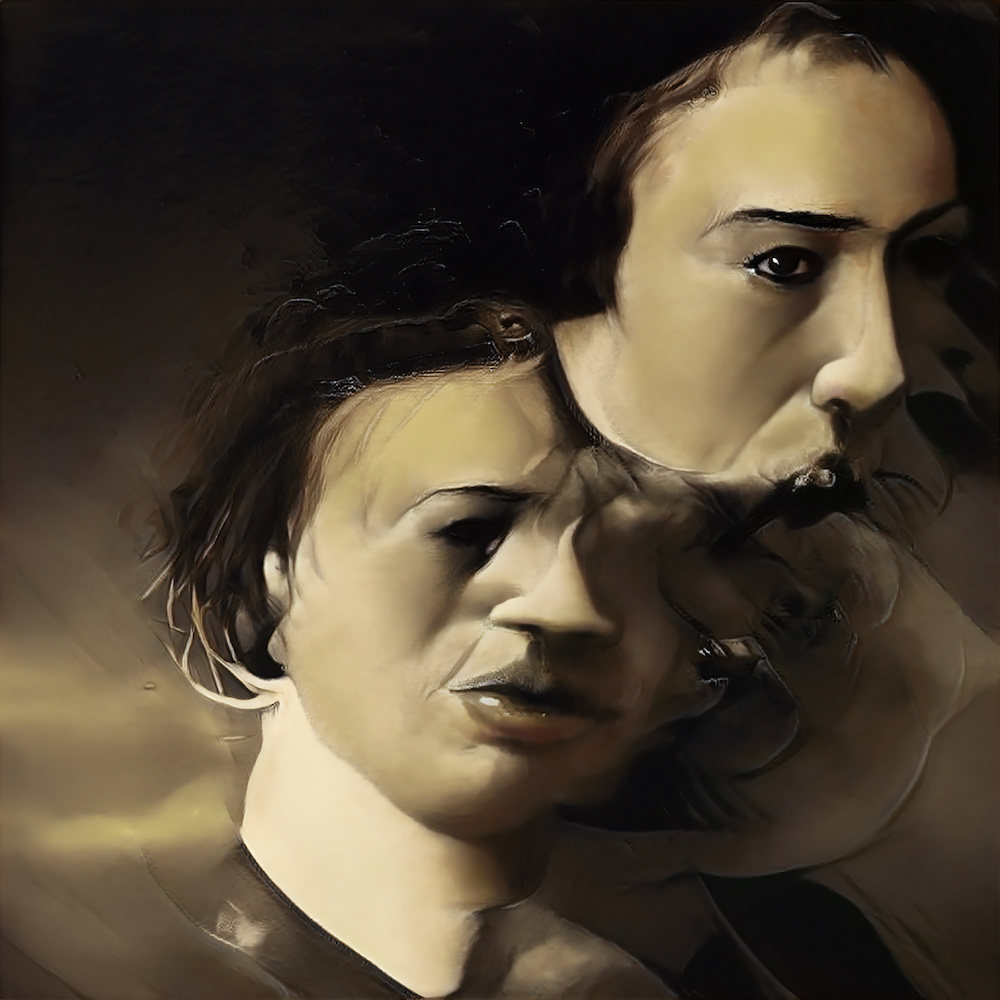
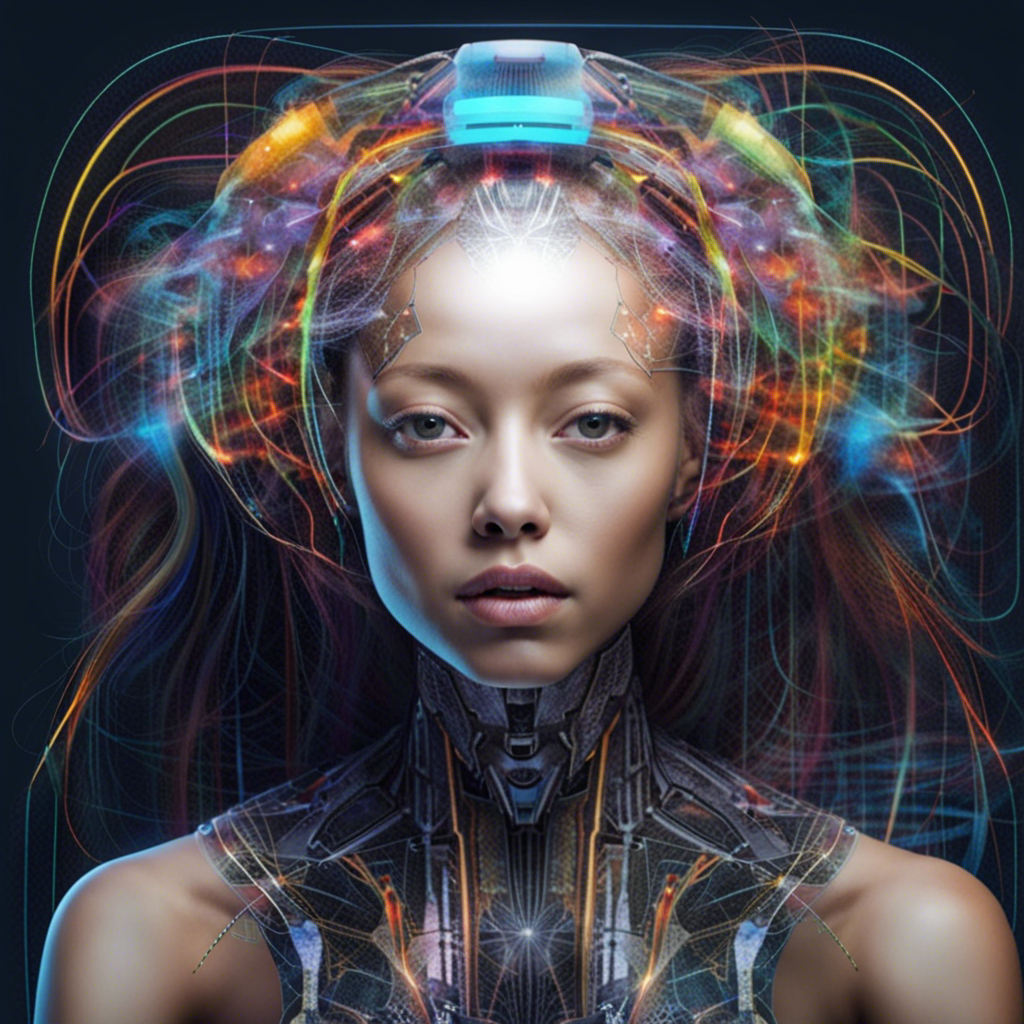
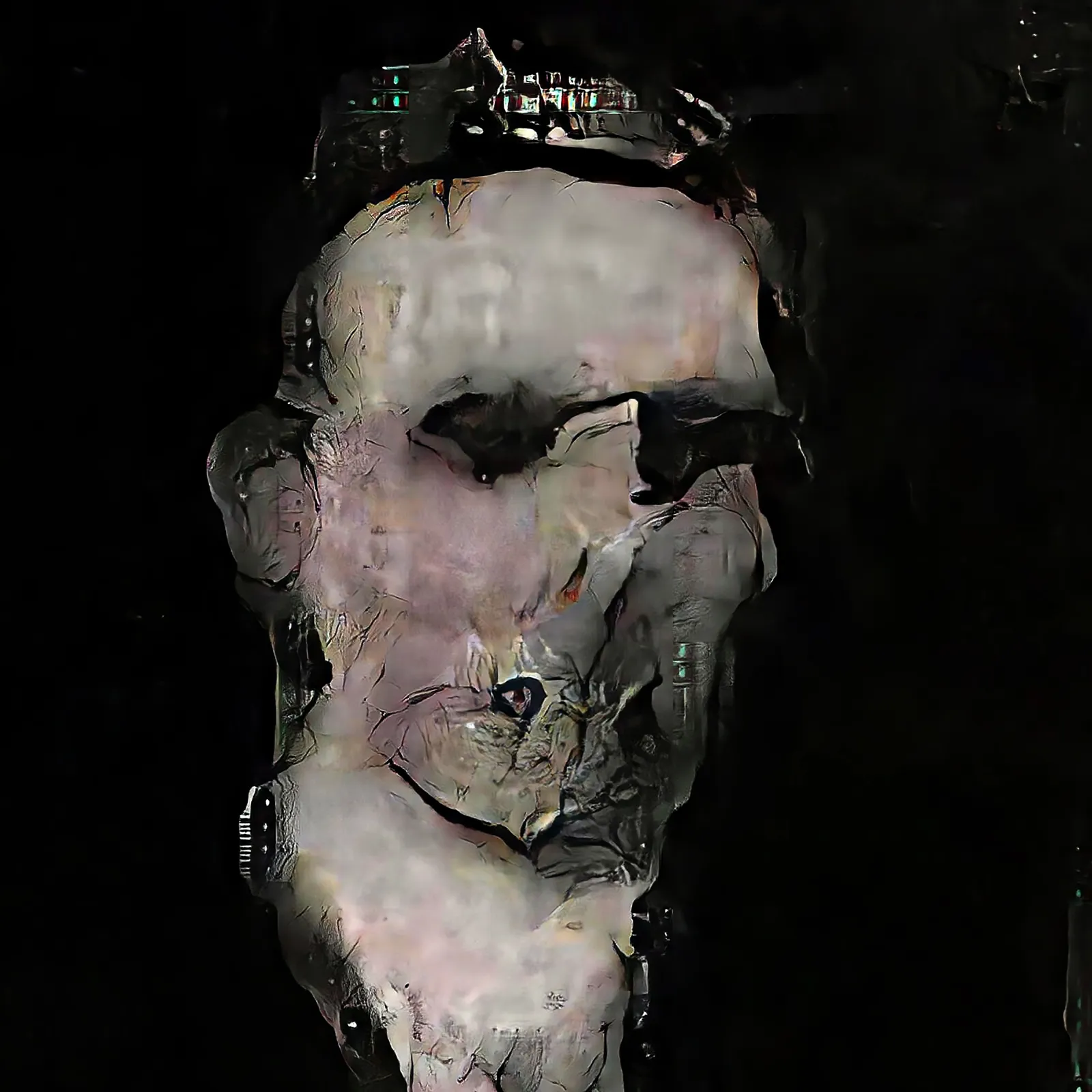
The Creative Process of Alexander Mordvintsev: A Blend of Science and Art
The creative process of Alexander Mordvintsev is a fascinating amalgamation of science and art, reflecting his deep understanding of both domains. His approach involves an iterative cycle of hypothesis, experimentation, and refinement, akin to scientific research, yet applied within the artistic realm. Mordvintsev’s method, characterized by a relentless pursuit of innovation, challenges conventional notions of creativity and design. By employing machine learning as both a tool and a muse, he navigates the intricate dance between control and randomness, logic and emotion, to produce works that are not only visually captivating but also intellectually stimulating.
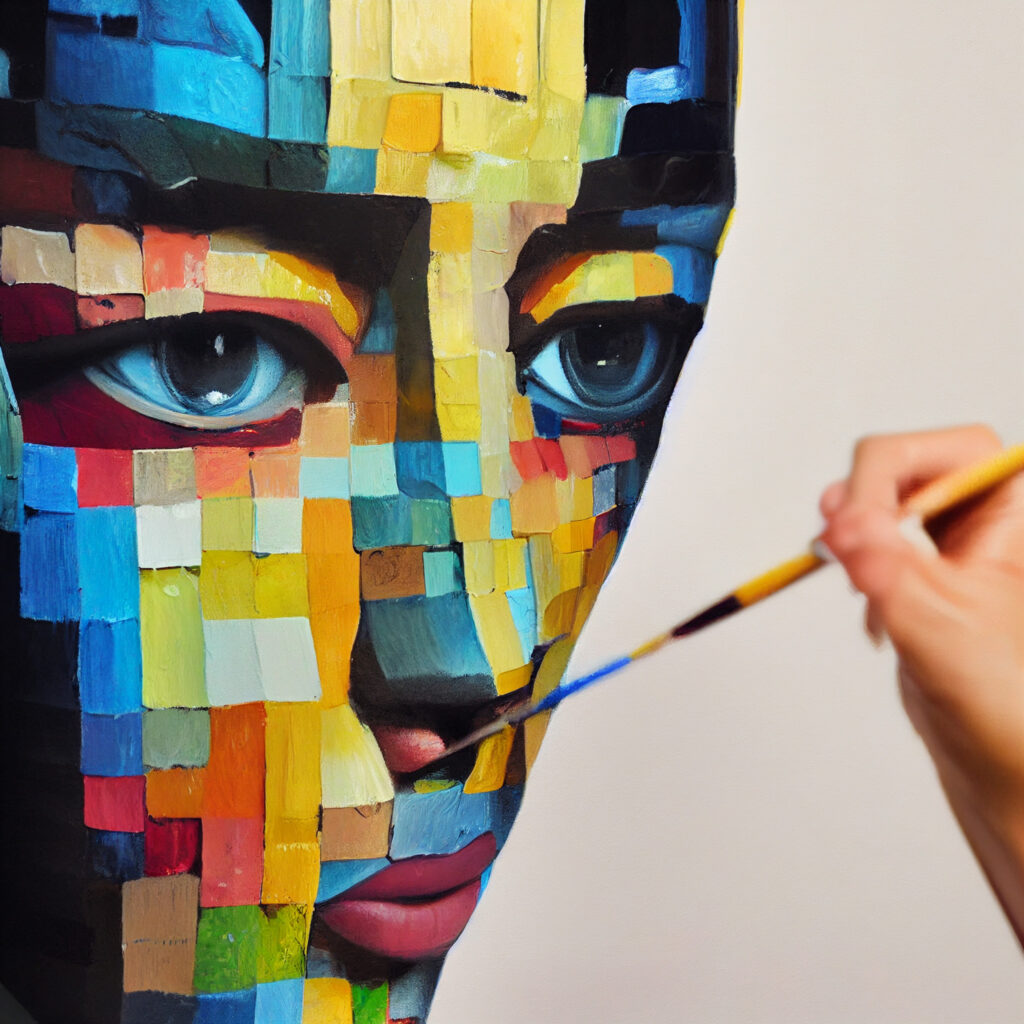
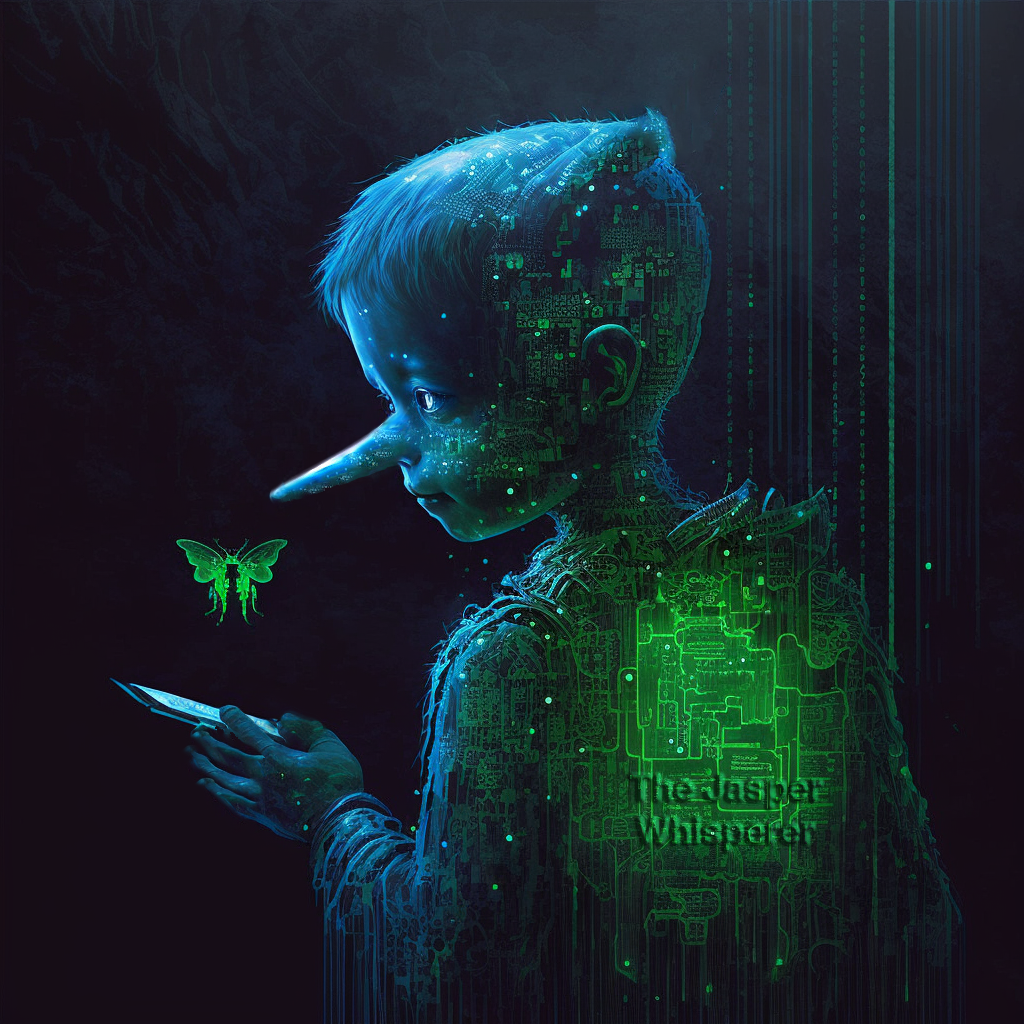
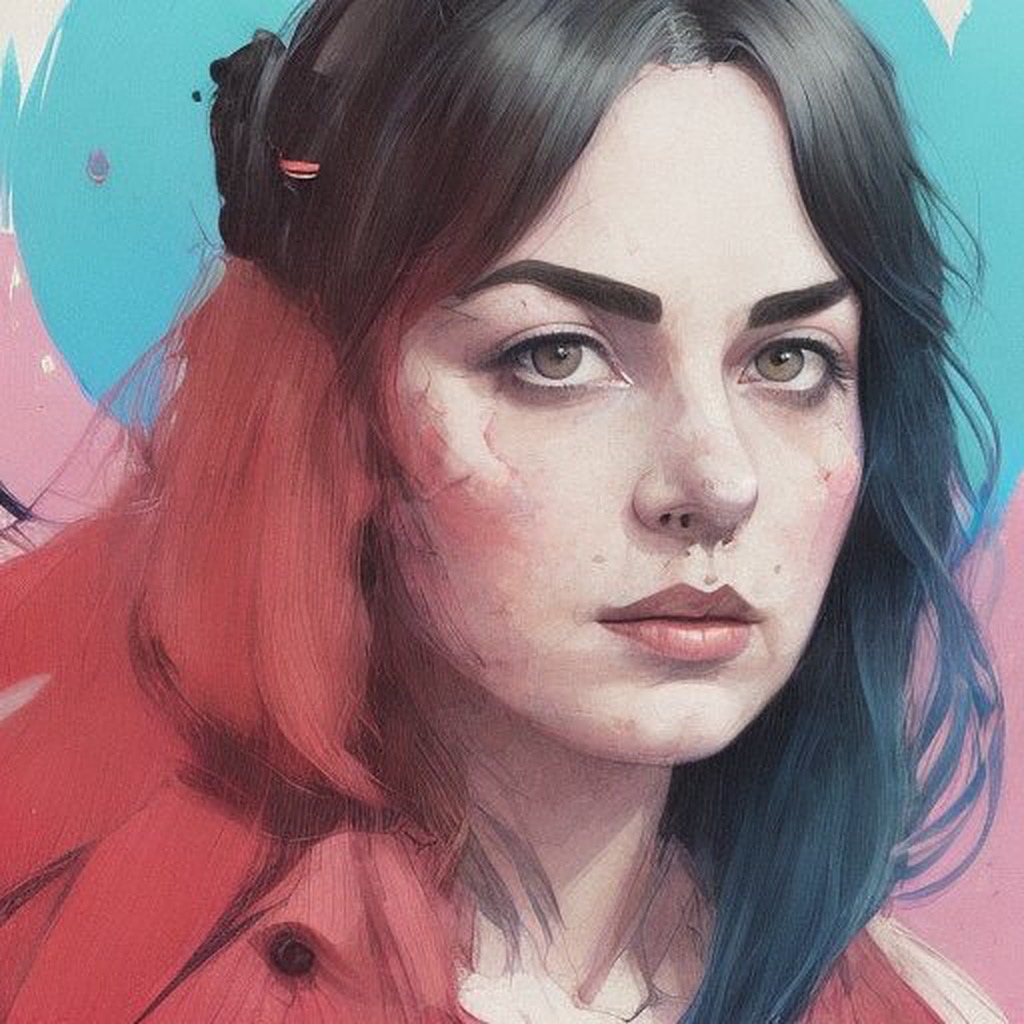
Impact and Legacy: How Mordvintsev is Shaping the Future of Art and AI
The impact and legacy of Alexander Mordvintsev extend beyond the boundaries of his artwork, influencing the broader landscape of art and AI. As a trailblazer in the field of machine learning art, Mordvintsev has inspired a new generation of artists and technologists to explore the creative possibilities offered by artificial intelligence. His contributions have sparked a dialogue between disparate disciplines, fostering a collaborative environment where innovation thrives. Mordvintsev’s work not only exemplifies the harmonious fusion of technology and art but also paves the way for future advancements, ensuring that the exploration of this fertile intersection continues to yield groundbreaking results.
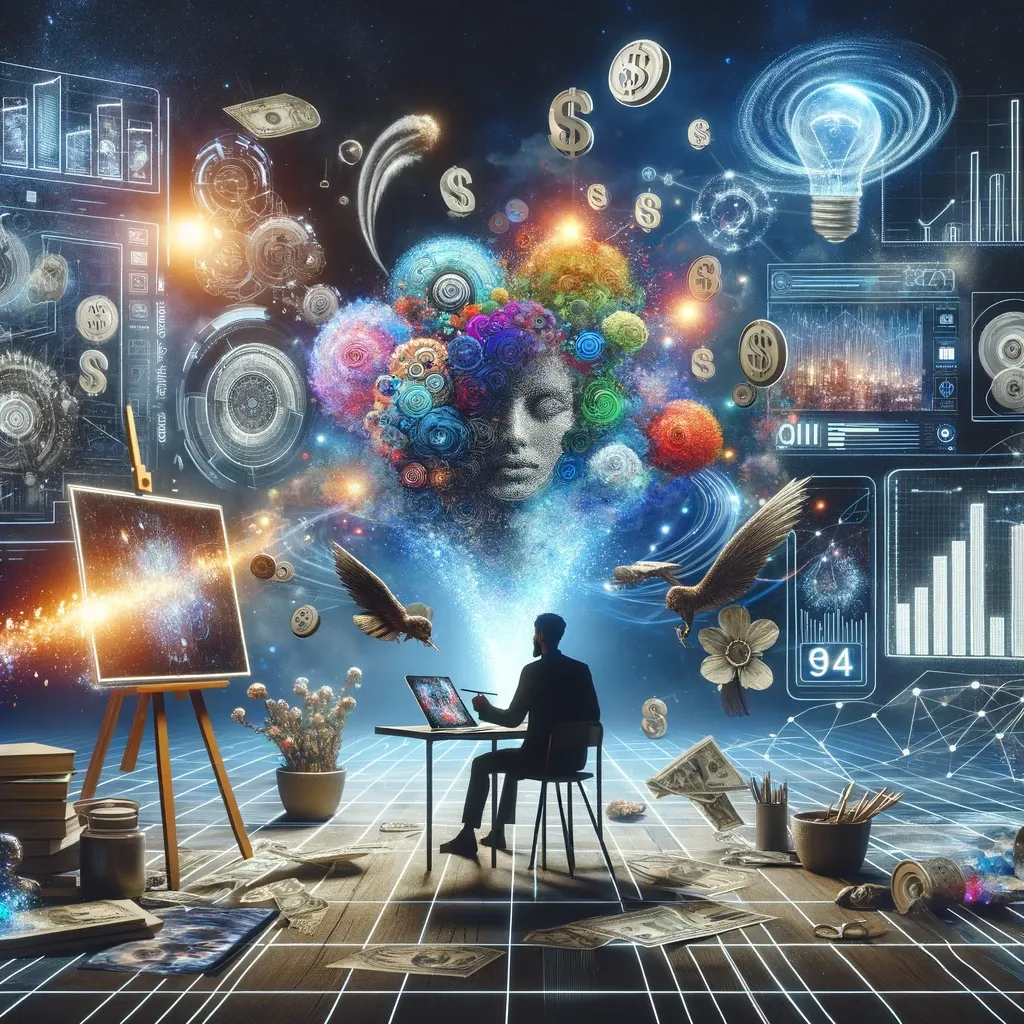
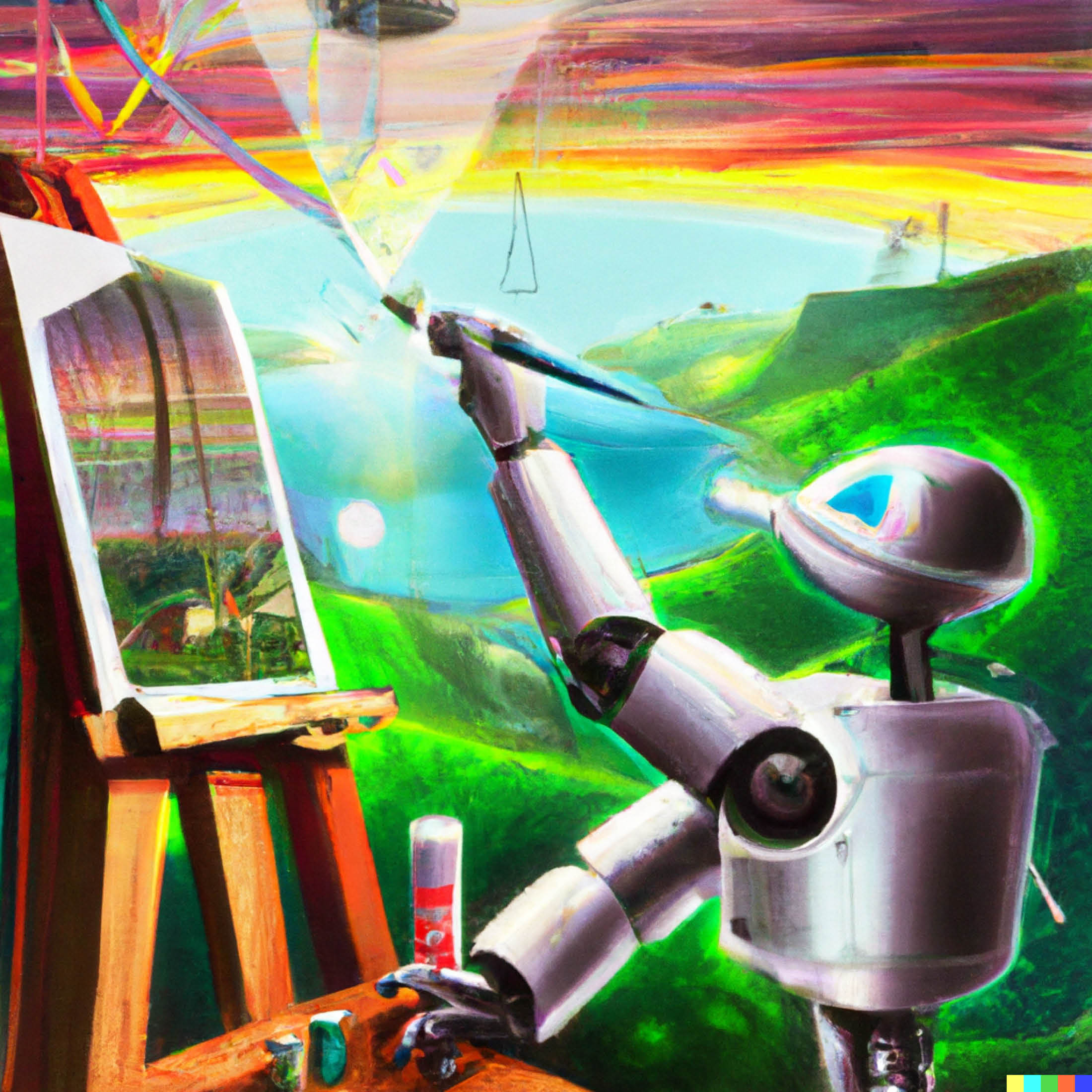
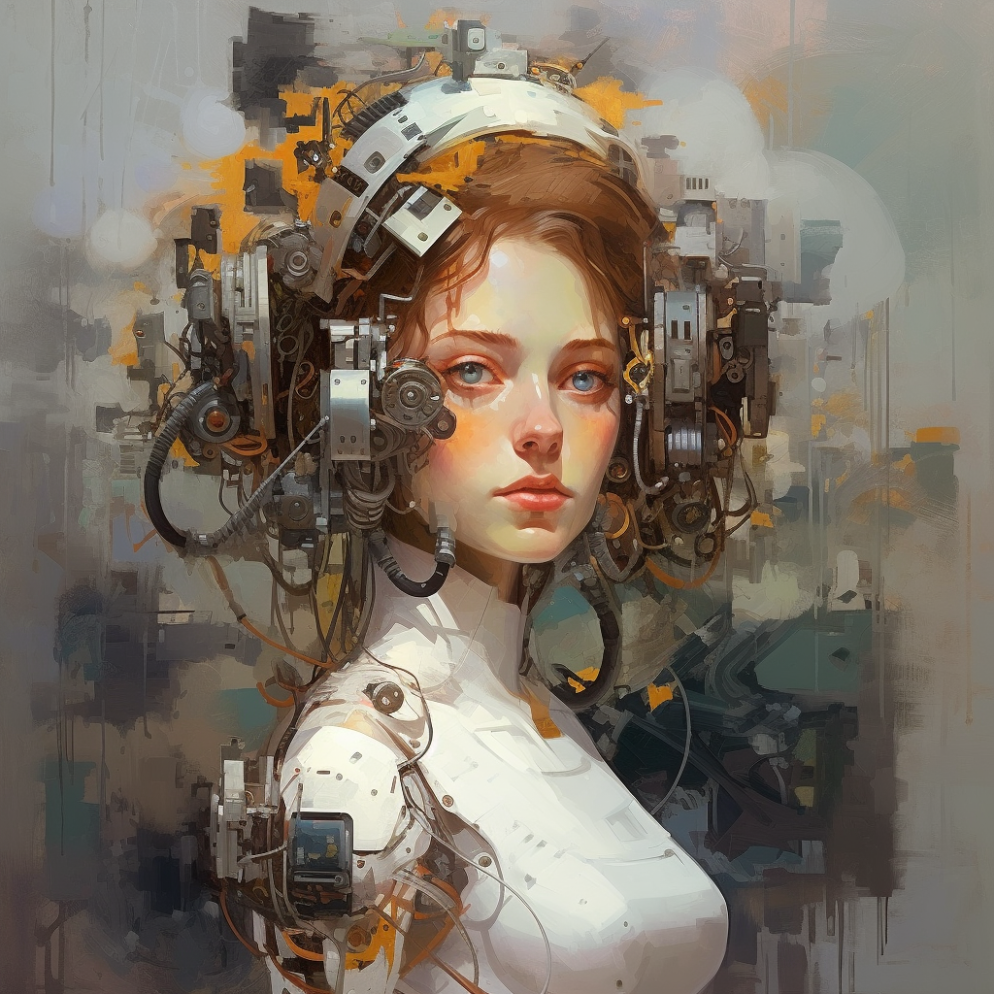
Beyond the Canvas: The Broader Implications of Mordvintsev’s Work
Beyond the canvas, the broader implications of Alexander Mordvintsev’s work resonate throughout the art world and beyond, challenging our perceptions of creativity, authorship, and the role of the artist. His pioneering use of AI in art raises important questions about the nature of creativity and the potential for machines to contribute to or even co-create artistic works. Furthermore, Mordvintsev’s explorations in machine learning design provide valuable insights into the capabilities and limitations of AI, offering a glimpse into a future where technology and human ingenuity converge. As we stand on the cusp of this new artistic horizon, Mordvintsev’s contributions remind us that the journey into the unknown is not only a technological challenge but also a profoundly human endeavor.

